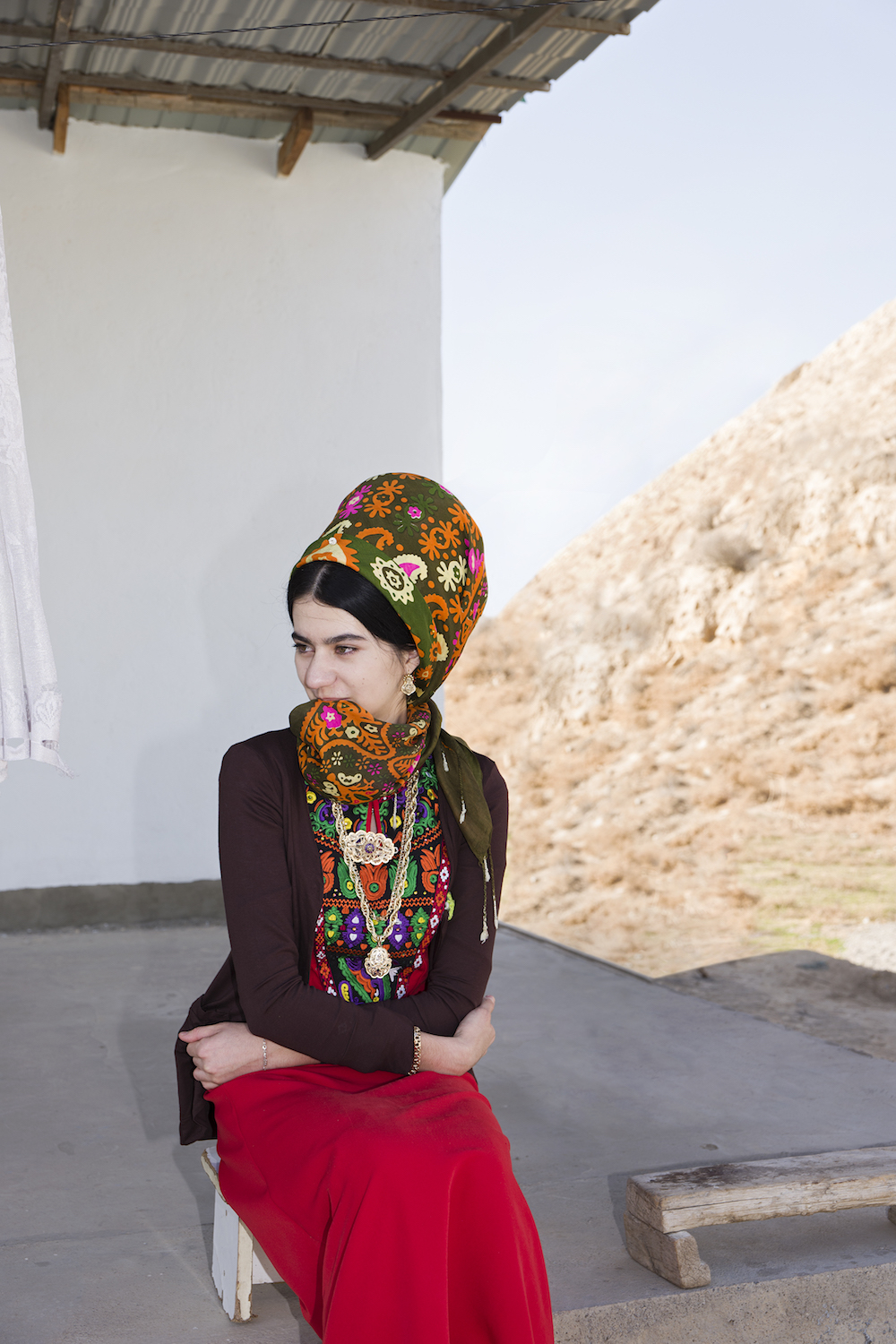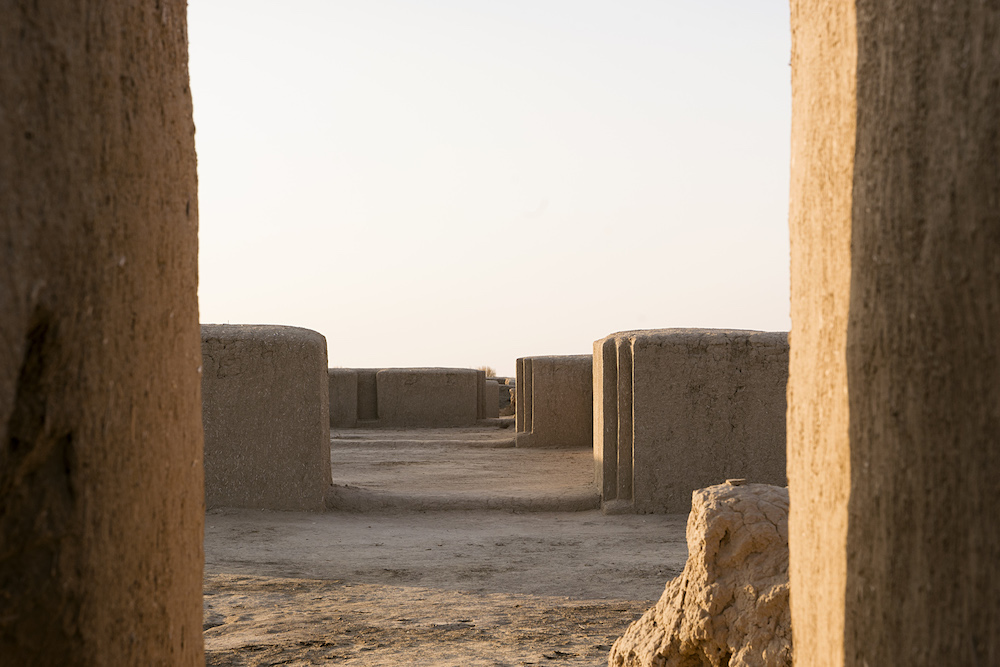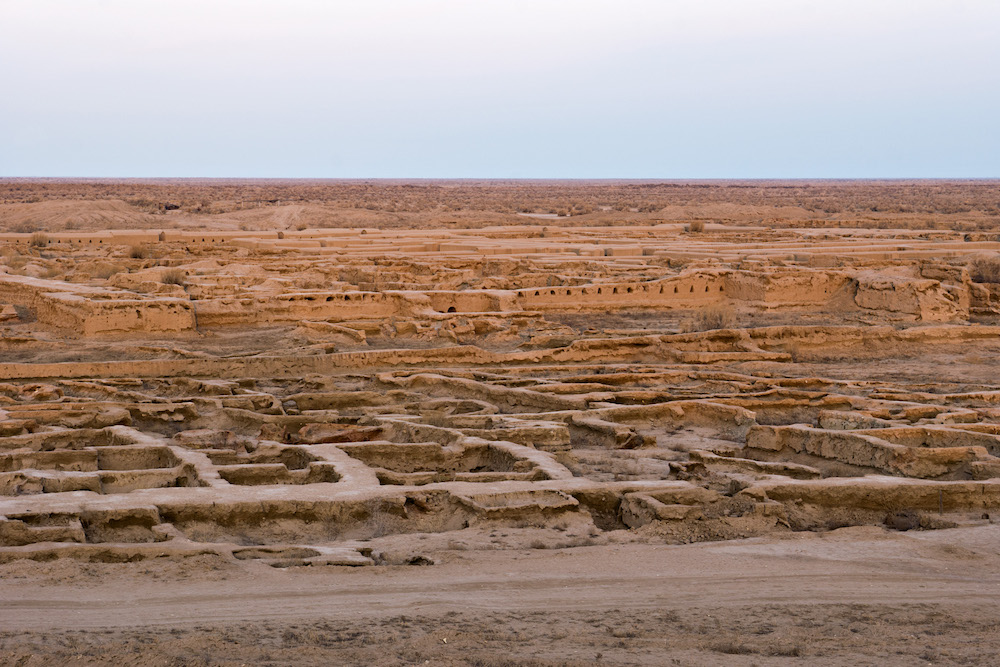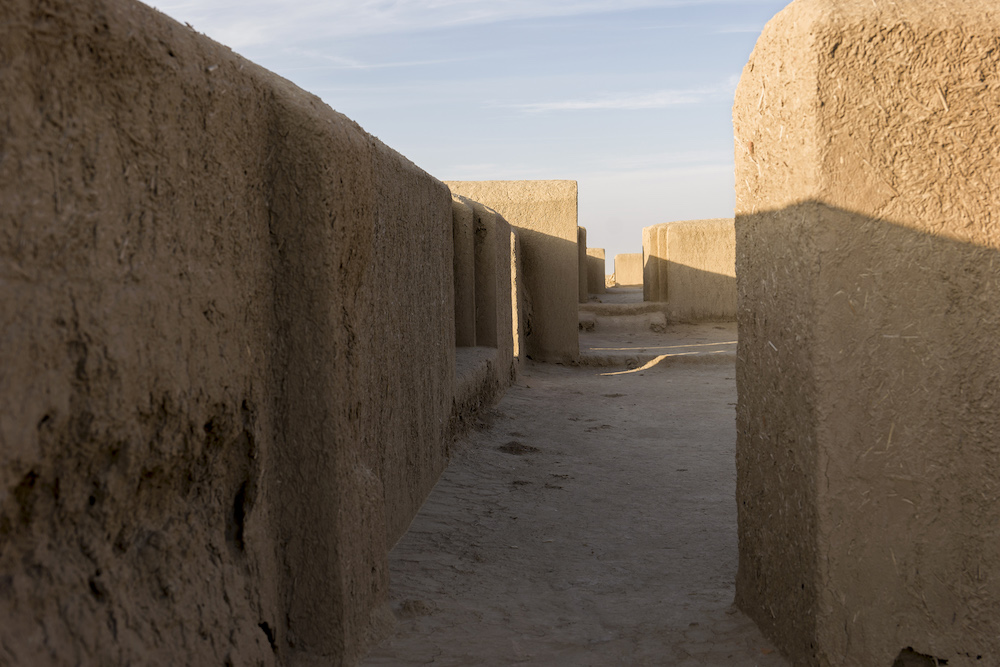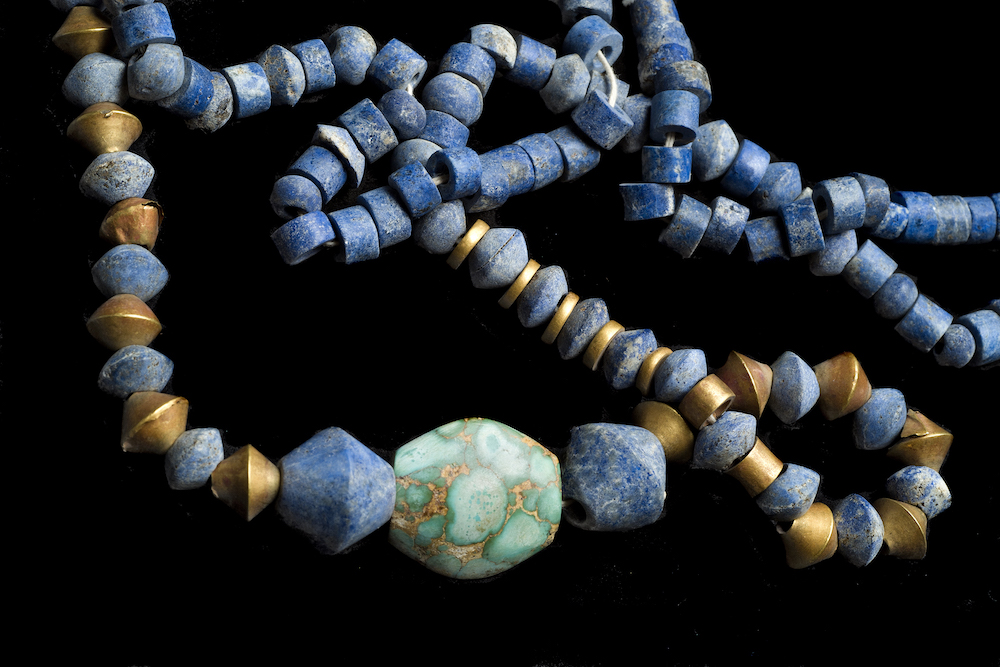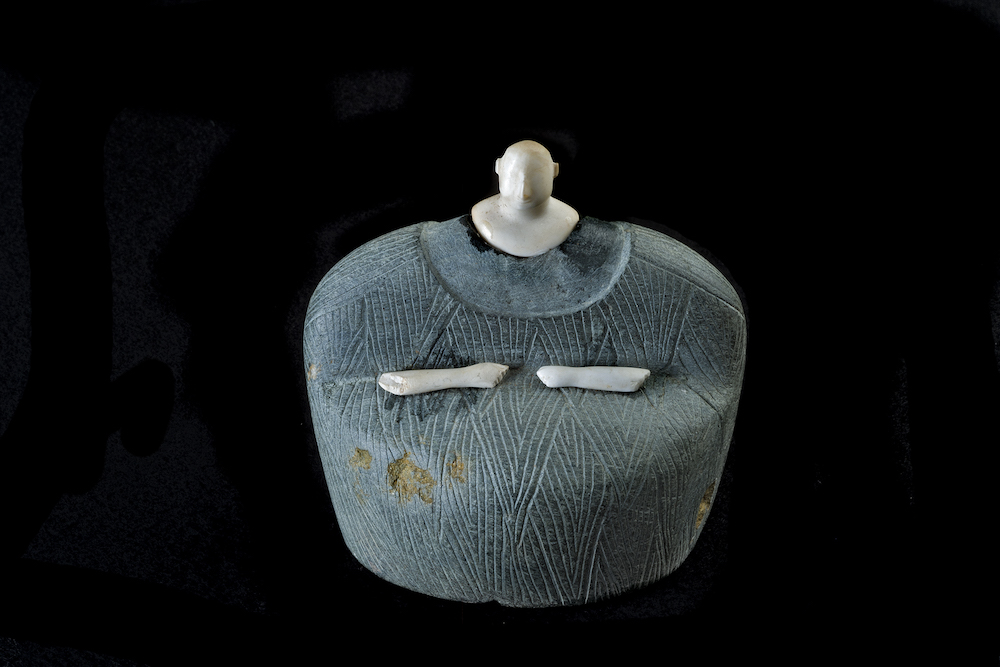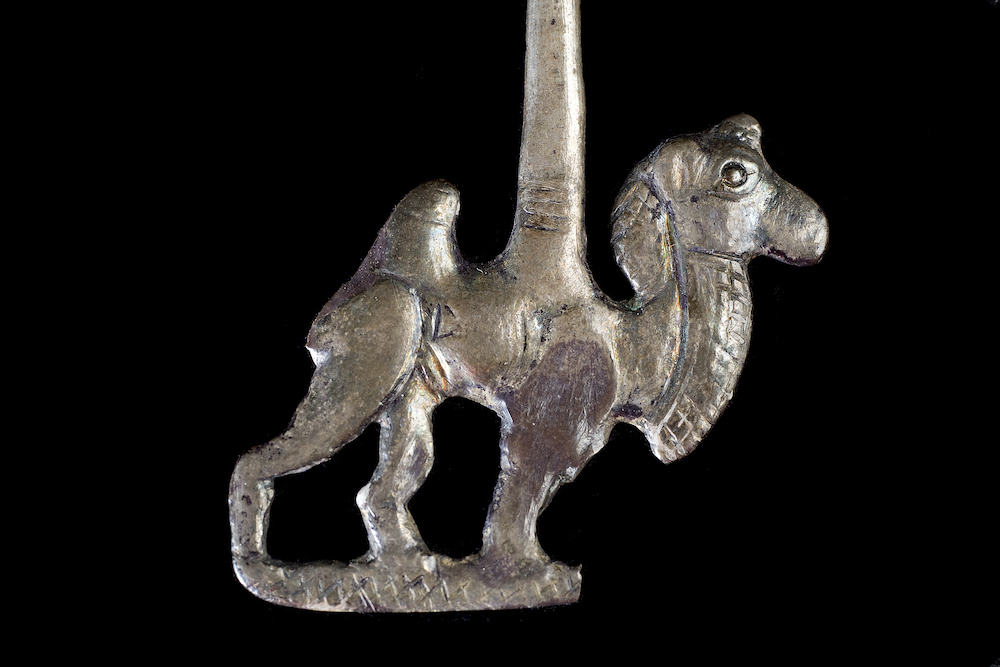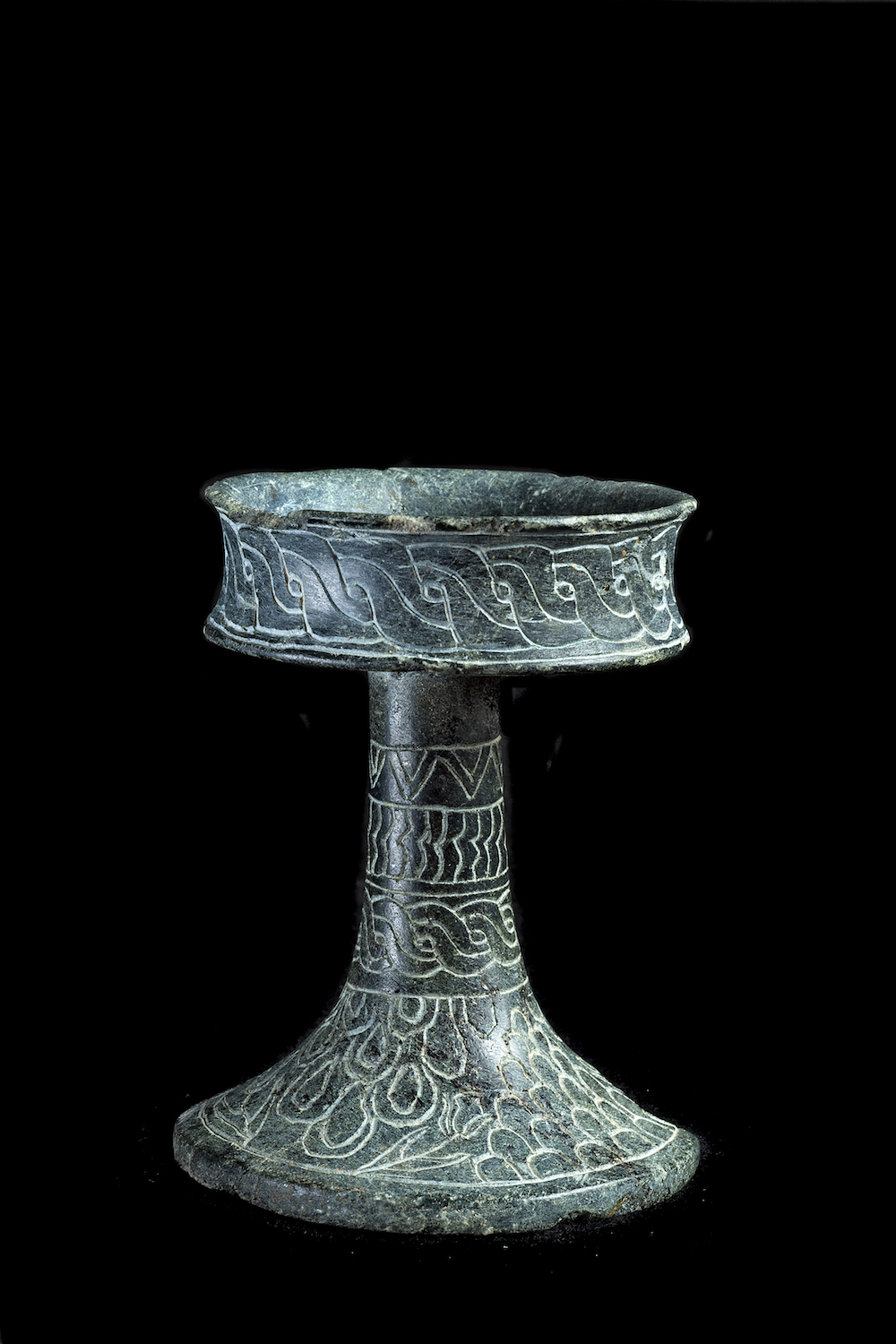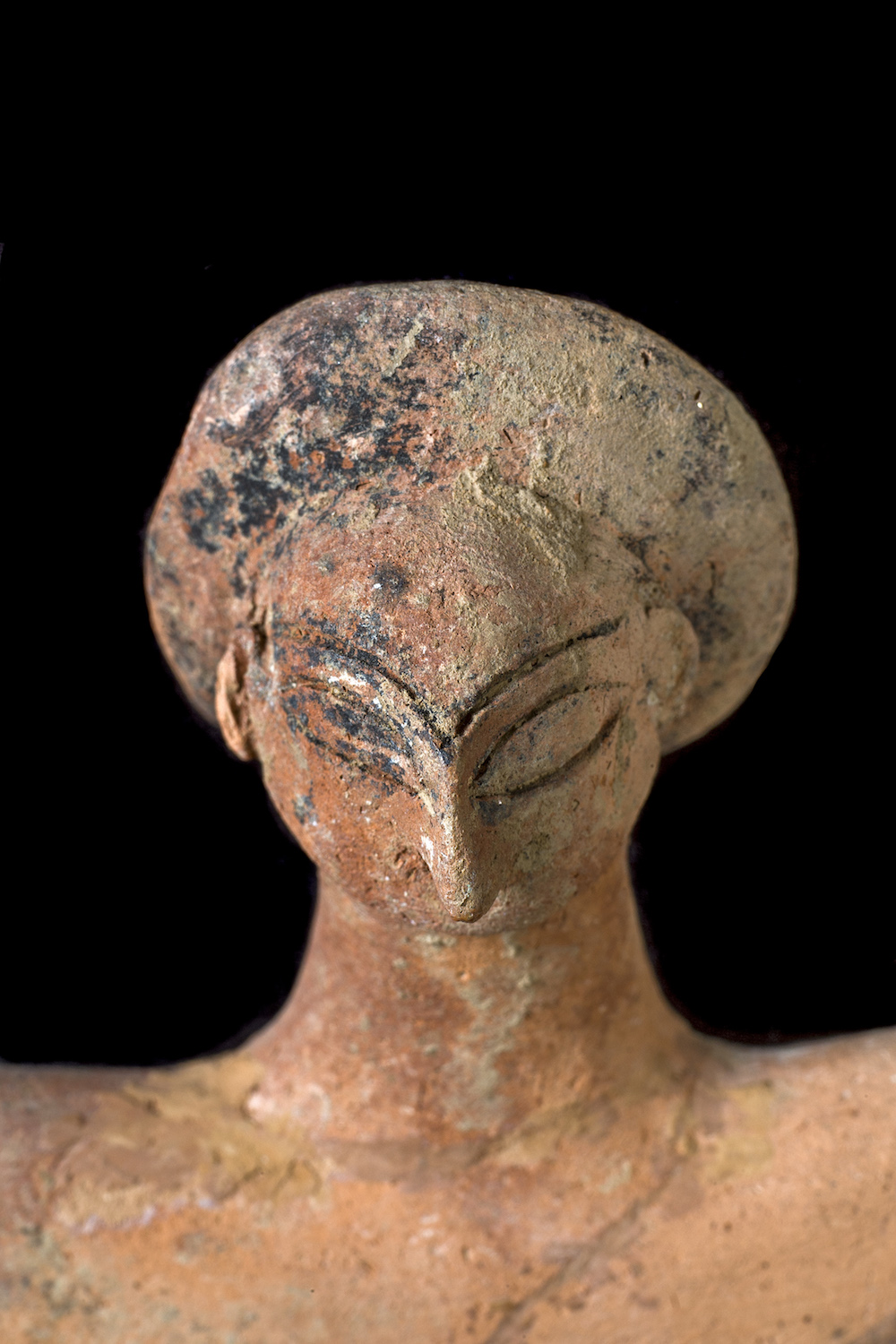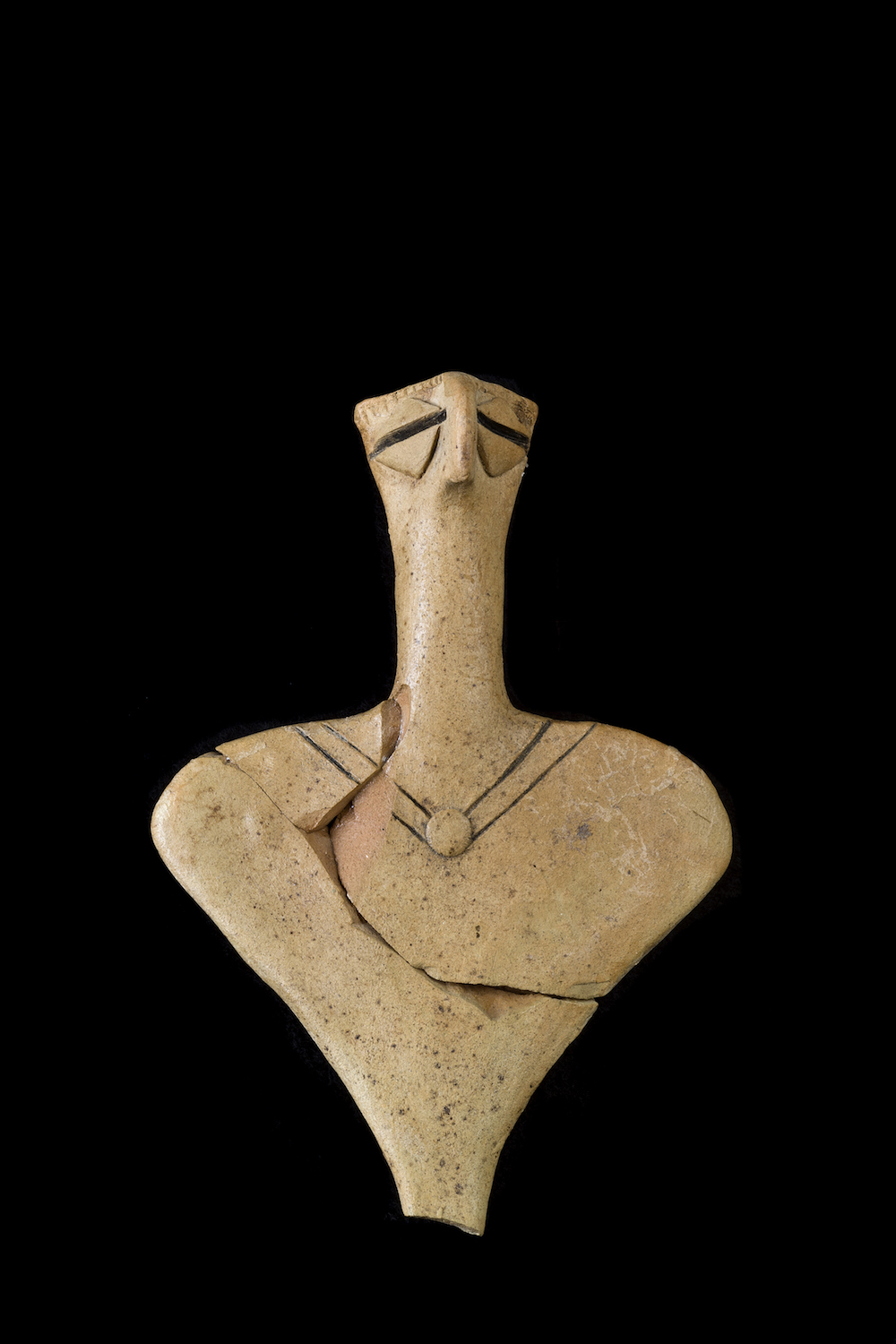Turkmenistan’s Bronze Age treasures travel abroad for the first time
More than 200 Bronze Age artifacts from Turkmenistan have travelled abroad for the first time to a special exhibition in Berlin chronicling the ancient kingdom of Margiana.
Dating back almost 4,000 years, the kingdom of Margiana — present-day east Turkmenistan — existed alongside Mesopotamia and Ancient Egypt. The civilisation took advantage of its position between China, India, Iran and the Near East on what came to be known as the Silk Road.
Most of the Margiana artefacts were found in the ancient city of Gonur Depe, not far from the oasis town of Merv. Enclosed by a massive circular wall and covering an area of 28 hectares, the city was divided into different areas, including a residential area, an artisan area, and a palace complex fortified by walls with defensive towers. The finds include richly decorated ceremonial carriages, jewellery and weapons.
Despite its rich history, the kingdom of Margiana remains relatively unknown in the West, partly due to the reluctance of the Turkmen government to send material abroad.
Many have seen Ashgabat’s decision to loan artefacts to a European museum as a bid from the nation’s authoritarian government to build diplomatic ties beyond the former Soviet Union. The archaeological finds will be accompanied by images from German photographer Herlinde Koelbl, who travelled to Turkmenistan in January to capture imges of the nation, its people and heritage.
After Berlin, the exhibition will go to the Archäologisches Museum in Hamburg and the Reiss-Engelhorn-Museen in Mannheim.
Margiana: A Bronze Age Kingdom in Turkmenistan will run at Berlin’s Neues Museum between 25 April – 7 October 2018. For more information, visit the museum’s website.
